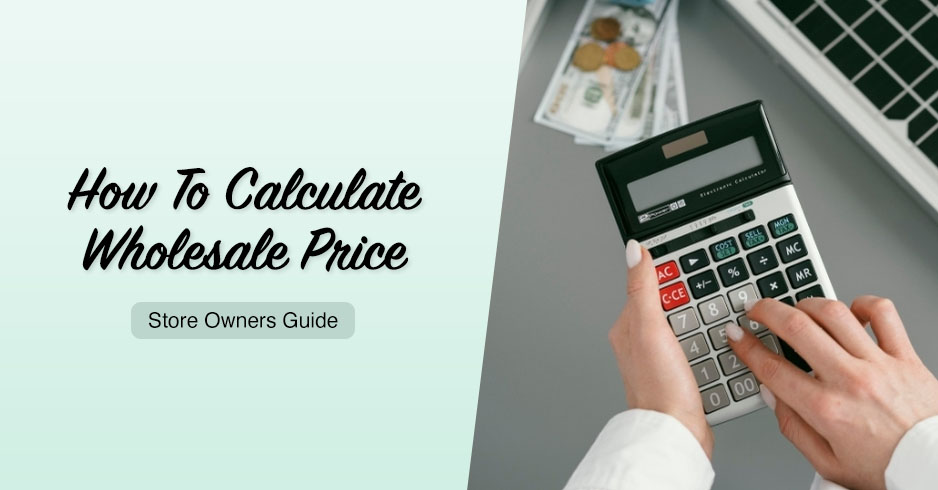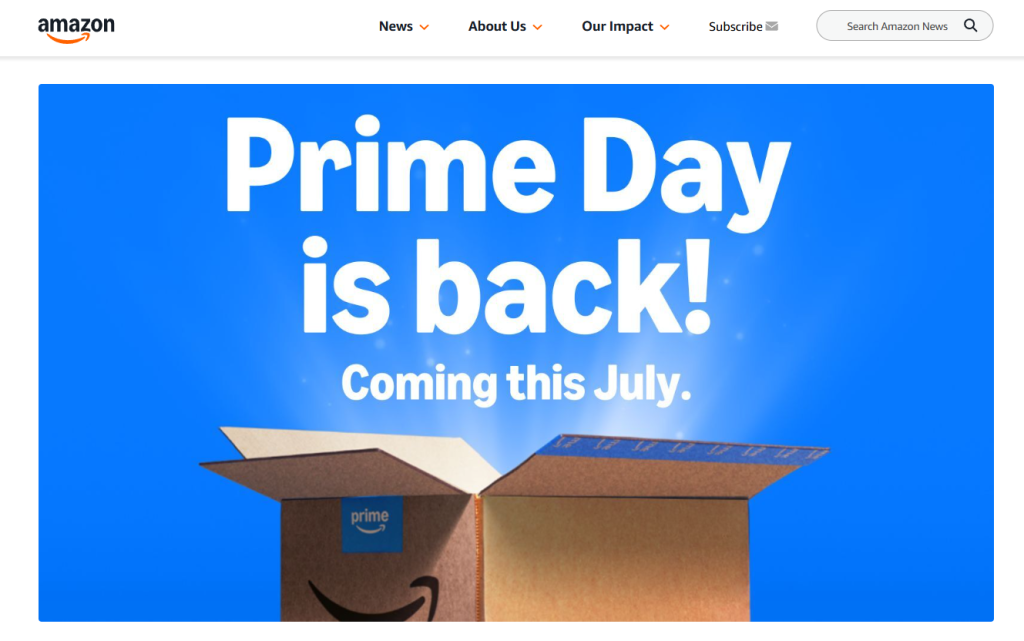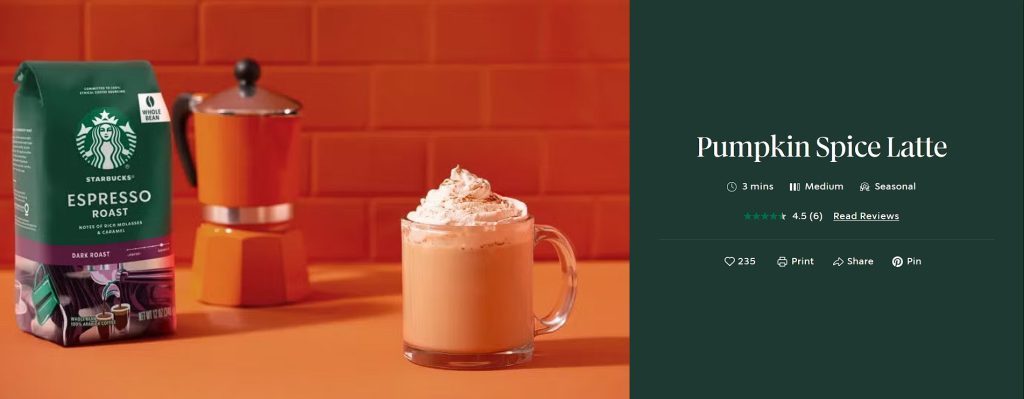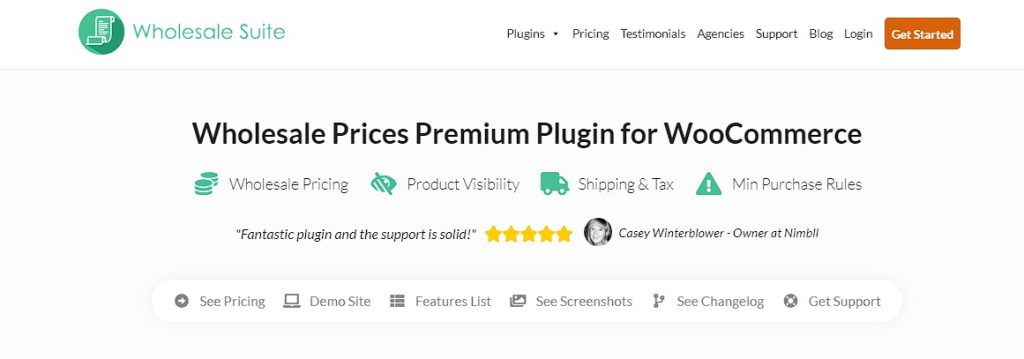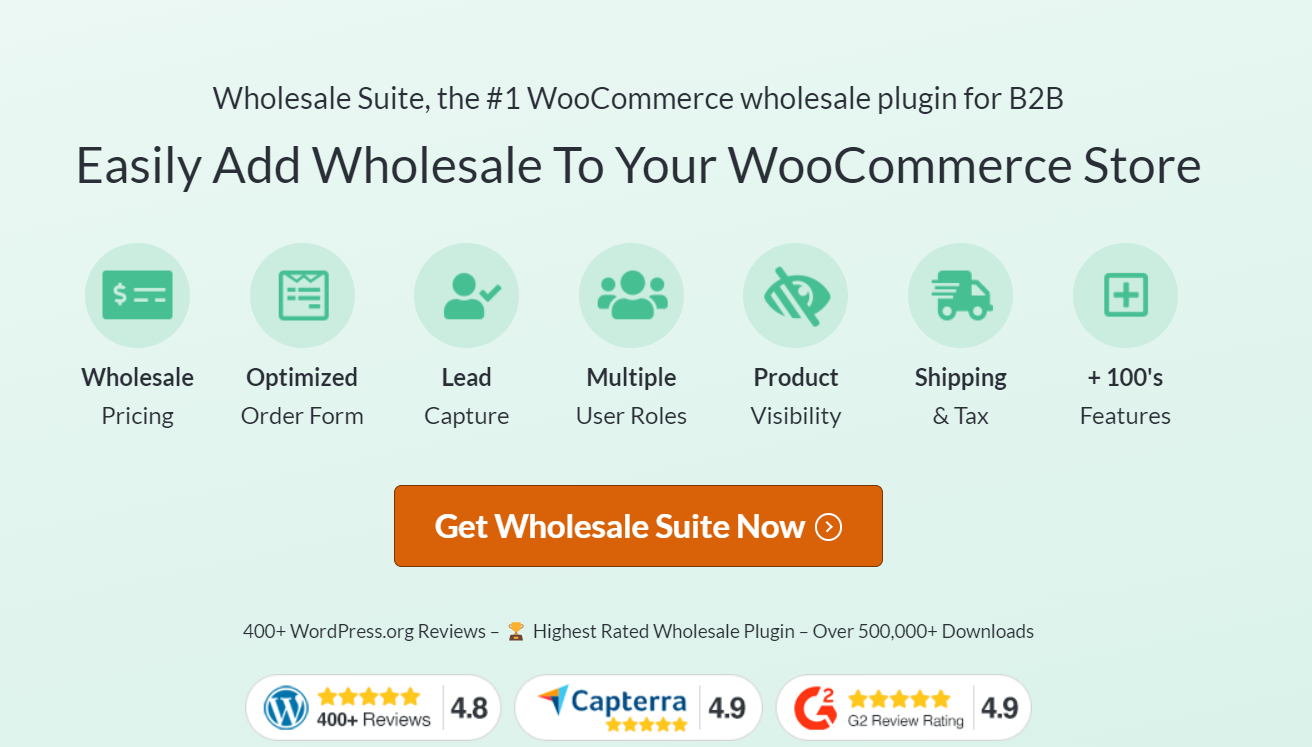
Not every store owner has time to read long theories about pricing. Sometimes, we need a clear example that shows how something works in real life. This article will walk you through simple demand-based pricing examples you can learn from and apply to your store. These examples will help you understand how to adjust prices based on demand without feeling lost or confused.
We won’t go deep into the theory. Instead, we’ll show how different businesses use demand-based pricing to increase customer satisfaction, sell smarter, and apply the proper pricing method at the right time. You’ll also see how this works across ecommerce, retail, wholesale, and more.
If you’re looking for real situations where demand-based pricing can make a difference, this article is for you.
Ecommerce Demand-Based Pricing Examples
1. Flash sales during high-traffic seasons
Flash sales are a typical example of how stores adjust prices based on demand. During busy times like Christmas, Valentine’s Day, or payday weekends, many people shop at the same time. When that happens, smart store owners offer quick deals to grab attention quickly. For example, a store might run a “2-hour flash sale” during payday to catch the rush of online buyers.
This is demand-based pricing in action. When traffic is high, you lower the price temporarily, but only for a few hours. This works well because it creates urgency and brings in quick orders. This pricing method also works with bundle pricing if you want to offer multiple items simultaneously.
2. Price surges for low-stock or trending items
Another simple way to vividly illustrate demand-based pricing examples is to raise prices when something is running low. If you have a popular item and only a few are left, it makes sense to increase the price. People still want the item even if it costs a little more. This is called pricing based on demand.
For example, you can slightly adjust the price if you’re selling a trending phone case with only five left. This way, the ones who want it will still buy it, and you won’t lose revenue. This pricing strategy is useful when inventory is limited and demand is high. It also helps manage customer satisfaction because you still offer the product while controlling stock.
3. Early-bird pricing for pre-orders
Some ecommerce stores offer lower prices for early buyers. This is called early-bird pricing. It’s another form of demand-based pricing. You reward customers who order early by giving them a better price. Once the pre-order period ends, the price goes up.
This pricing method works well with new products and helps you test demand before the item officially launches. For example, if you sell planners for the next year, you can start pre-orders in October with a discount. Then, as demand grows, you raise the price in November. You adjust prices based on how fast people are buying. This keeps your pricing strategy flexible and helps you sell smarter.

Real-life brand example: SHEIN limited-time drops
SHEIN is known for using time-based pricing to create demand. They release limited-time drops almost every week. These drops feature trendy products that are only available for a short period. Once that time passes, the price either goes up or the item disappears from the store.
This is a smart way to apply demand-based pricing examples in ecommerce. It keeps customers checking the store often and encourages fast buying decisions. Since shoppers know the prices will change soon, they are more likely to buy now instead of waiting. This strategy mixes urgency, timing, and pricing based on demand.
You can use this pricing method in your store by running weekly promos or timed discounts. This works exceptionally well for seasonal items or fast-moving trends.
Real-life brand example: Amazon Prime Day behavior
Amazon Prime Day is one of the most prominent for demand-based pricing examples. During this event, prices drop on thousands of items, but only for a limited time. These offers are created around buyer demand. When traffic is high, prices are adjusted to match what people are most interested in.
Some products even change prices multiple times during the day. If demand spikes for one item, the price may go up later in the event. Amazon uses this pricing strategy to increase sales while reacting to real-time demand.
Store owners can learn from this by watching what items sell best during significant shopping events. You can adjust prices in your store during holidays or payday weekends when more people are likely to shop. This method is a good example of pricing based on demand and how to apply it in ecommerce.
Retail And Physical Product Examples
1. Holiday price increases in malls
If you’ve ever gone shopping during the holidays, you’ve probably seen prices increase. This is a common form for demand-based pricing examples. Stores know that more people are shopping for gifts in December, so they adjust prices based on demand.

This happens in malls all the time. During peak seasons, clothing, toys, and even food items get marked up slightly. The demand is high, so the prices follow. This pricing method allows businesses to make more sales without running significant discounts. It works because people expect to spend more during the holidays.
You can use this same pricing strategy in your store during special occasions like Valentine’s Day, Mother’s Day, or back-to-school season. The key is knowing when demand will rise and preparing your prices beforehand.
2. Markdowns after peak demand
Once the rush is over, many retail stores lower their prices. This is also one of the demand-based pricing examples, but in reverse. After Christmas, you’ll see big sales on holiday decorations. After New Year’s, gyms offer discounted memberships. The demand is lower, so the price drops.
This pricing method helps clear out old inventory and keeps the store fresh. It’s also valid for bundle pricing. For example, instead of discounting one product, you can group several slow-moving items and sell them at a lower price. This gives more value while still helping you move stock.
Using this type of pricing based on demand helps you stay flexible. You adjust prices depending on how people shop, not just what’s in stock.
Real-life brand example: Starbucks seasonal drinks
Starbucks is known for offering seasonal drinks like the Pumpkin Spice Latte. These drinks only appear for a short time each year. When they do, demand goes up fast. Because of that, the price is often slightly higher than regular drinks.
This is an excellent depiction of demand-based pricing examples in the real world. The drink is tied to a specific time and emotion. People feel excited when it returns and are willing to pay more. Starbucks adjusts prices based on this yearly demand spike.
If your store sells seasonal items like planners, holiday decor, or limited collections, you can apply the same pricing method. Release the item quickly, raise the price slightly, and let customer demand do the rest.
Real-life brand example: Black Friday in-store tactics
Black Friday is a perfect mix of high traffic and demand-based pricing. Stores open early, slash prices on a few key items, and then raise prices later in the day or week. Customers rush in early for the best deals.
Retailers use this as a pricing strategy to drive foot traffic. They offer loss leaders (low-priced items to get people inside), then adjust other prices based on what sells fast. Prices may not be lowered again if a product is flying off the shelves.
You can apply this method in your store by starting with small promos, then adjusting prices throughout the day. This creates momentum and allows you to earn more from high-demand items while providing early buyers a good deal.
You may also read: The Ultimate WooCommerce Black Friday Playbook For Store Owners (2025 Guide).
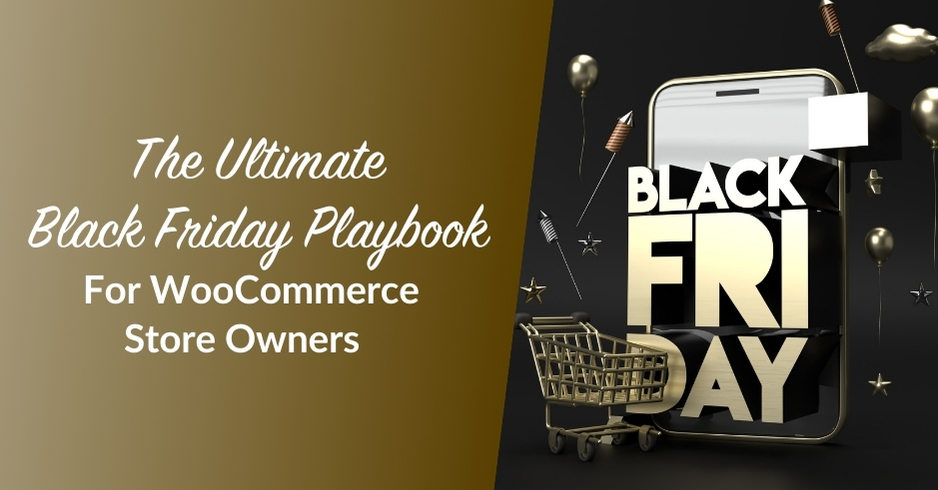
Wholesale Pricing Examples Based On Demand
1. Tiered pricing for bulk orders during peak restock periods
In wholesale, buyers often purchase in large quantities. One way to use demand-based pricing is to create tiered pricing during busy restock seasons. For example, you can offer lower prices per unit when a buyer orders 50, 100, or 200 pieces—but only for a limited time when demand is high.
This encourages larger orders when your restocking schedule lines up with buyer needs. It’s a pricing strategy that rewards bulk buying while adjusting prices based on demand. This method is also helpful in maintaining customer satisfaction because buyers feel they are getting a better deal during high-demand periods.
You can combine this with bundle pricing if you want to move multiple related products simultaneously, such as shirts, pants, and jackets, during the back-to-school season.
You may also read: Tiered Pricing Structure (How To Optimize It In WooCommerce).
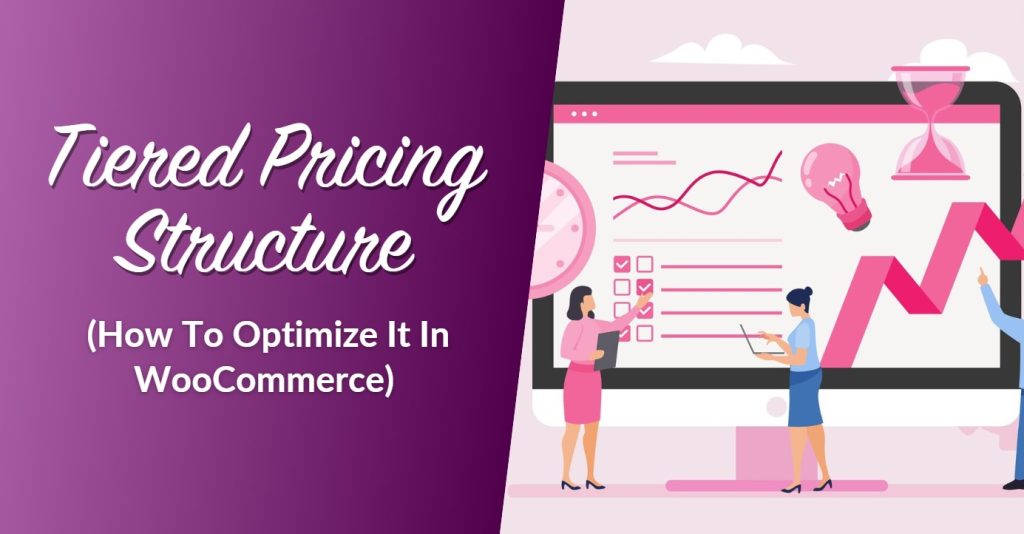
2. Temporary discounts for overstocked items
Sometimes, your warehouse fills up with items that didn’t sell as expected. That’s when demand-based pricing can work in reverse. You can offer temporary discounts to your wholesale buyers to help clear that extra inventory.
Let’s say you overestimated the demand for winter boots. Instead of letting them sit until next year, offer a short-term deal to your buyers. Lowering the price based on low demand still fits the same pricing method. This keeps your inventory moving and builds trust with your buyers since they know they can get special deals when needed.
This is a great way to implement demand-based pricing that adapts to real situations in your supply chain.
You may also read about “Effective Inventory Management: 5 Strategies To Avoid Overstocks and Understocks.”
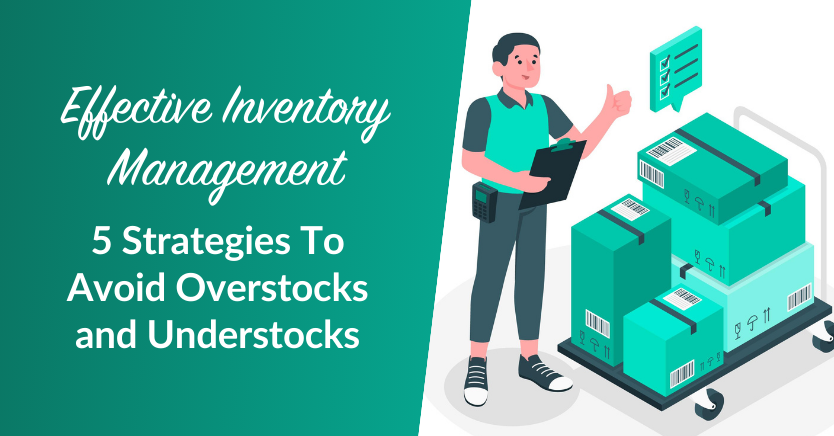
3. Exclusive B2B rate increases tied to limited inventory
If you’re working with limited stock, you can apply demand-based pricing by offering exclusive B2B rates that change as inventory drops. For example, the first 10 wholesale buyers get the regular rate. After that, the price increases slightly for the next group.
This approach works well for items that are hard to restock. Instead of giving the same price to every buyer, you adjust prices based on how much is left. This pricing strategy rewards early buyers and adds urgency for the rest.
It’s straightforward to show that prices change based on demand, keeping things fair for everyone.
Wholesale Suite users applying role-based demand pricing
Wholesale Prices Premium users can apply demand-based pricing using role-based discounts. For example, you can set pricing rules so that gold-tier wholesale buyers get 20% off when stock is low, while regular buyers get 10%.
This works well when combined with dynamic pricing rules. You set up the system to adjust prices based on demand and user roles. As certain products sell out or trend, the pricing method updates automatically.
This gives you control over how much each buyer pays, depending on their role and current product demand. It’s a clear way to implement demand-based pricing while keeping your system flexible.
If you want to know more about role-based pricing, you may read “Maximize Profit: How To Use Role-Based Pricing For WooCommerce.”
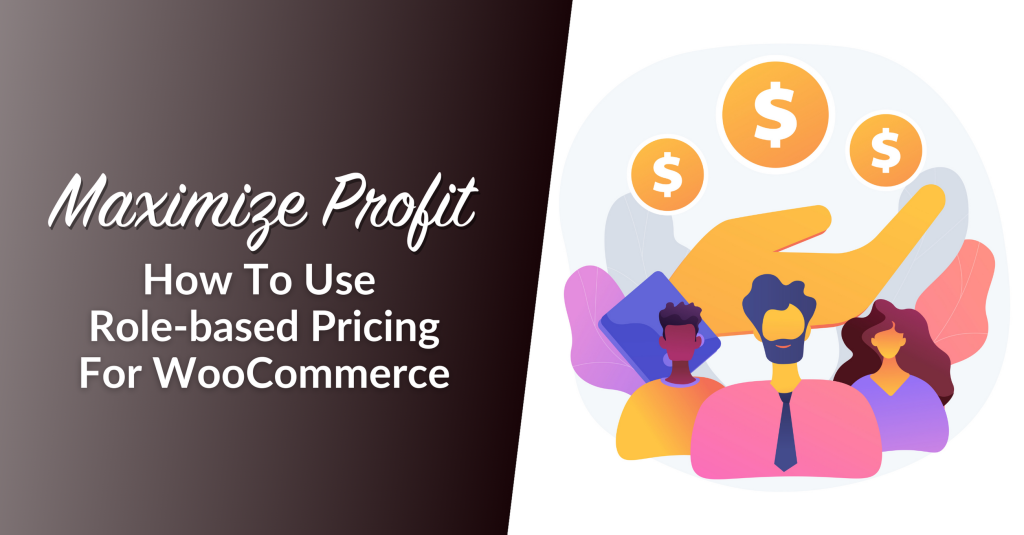
SaaS And Subscription-Based Pricing Examples
1. Price tiers based on user load
SaaS companies often use tiered pricing to match the number of users or features someone needs. For example, Notion and Dropbox offer different plans depending on the amount of storage or users included. This type of demand-based pricing adjusts prices based on how much each customer expects to use.
A small team might choose the free or basic plan, while a large company will pay more for extra features. The pricing strategy grows with demand. When a business needs more, the price follows. This gives customers flexibility and allows companies to match their pricing method to customer needs.
This is also an easy way to offer better customer satisfaction. Each group pays for what they need—nothing more, nothing less.
You may also read about: Simple Tiered Pricing Examples And How To Use Them.
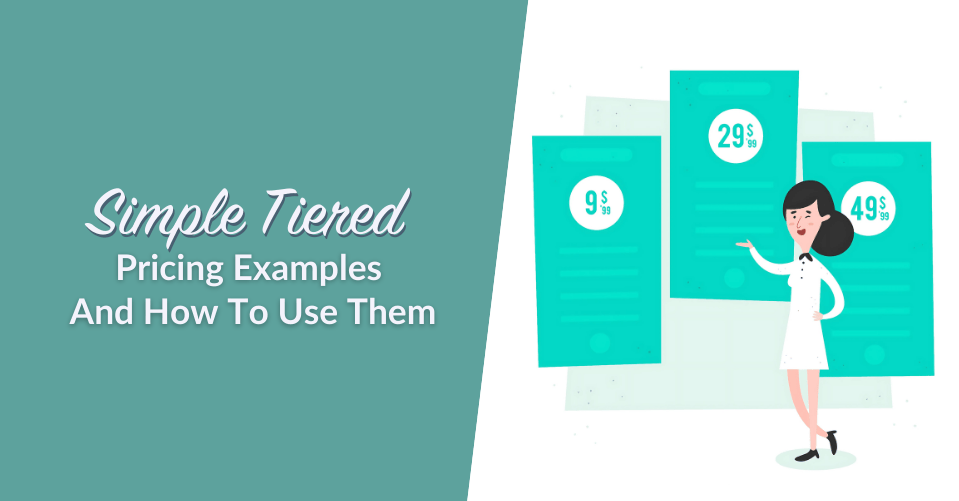
2. Demand surge = temporary plan increase (ex. Zoom 2020)
When the COVID-19 lockdowns started in 2020, Zoom saw a massive spike in users. More people needed video calls, so Zoom had to respond quickly. They created temporary plan upgrades and added more limits to the free version.
This is a great real-life example of how SaaS companies adjust prices based on demand. When more users joined daily meetings, the platform had to manage the traffic while finding ways to earn more.
Many SaaS companies followed the same pricing method. They used demand-based pricing to control how many people could use the platform and how much they’d pay for extra features.
You can apply the same idea if your store offers software or membership-based tools. Raise prices slightly when usage spikes, or reward early users with better plans before traffic increases.
3. Usage-based pricing for active periods only
Some subscription-based services use a pricing model that charges based on usage. For example, you might only pay when your account is active or when you go over a specific limit. This is another way to apply demand-based pricing examples in the SaaS world.
Let’s say you run a graphic design tool. You could charge a basic monthly fee and add a small extra charge based on the number of files the user exports. This would mean customers only pay more when they use the service more.
It’s a simple way to adjust prices based on actual demand. It also keeps things fair, especially for small businesses or seasonal users who don’t always want to pay full price. This pricing strategy can improve customer satisfaction and give users more control.
How You Can Apply These Examples To Your Store
1. Start by tracking your product demand over time
Before adjusting prices, you must know when people will likely buy. The best way to do this is by monitoring demand. Look at your sales data. Check which products sell the most during specific months, holidays, or events.
Once you spot a pattern, you can compare and contrast these demand-based pricing examples to match your prices to those busy times. For instance, if your best-selling item always runs low in December, you can raise the price slightly next year during the same month. This pricing method is about responding to actual trends, not just guessing.
Simple notes like “this item sells fast after payday” can guide your pricing strategy.
2. Use pricing tools to automate changes
If you have many products or little time, pricing tools can help. These tools let you set rules that adjust prices based on demand. For example, you can tell the system to lower prices when stock is high or raise them when only a few items are left.
This is a great way to apply dynamic pricing. It works in the background and keeps your prices updated without extra effort. It also helps you react fast to changes in customer behavior.
Tools like Wholesale Suite can help you automate these changes based on role-based pricing, quantity, or order total if you’re running a wholesale store. For example, you can give top-tier buyers better rates when demand spikes or offer timed discounts for large bulk orders. This makes it easier to implement demand-based pricing without doing everything manually.
Likewise, Wholesale Prices Premium lets you combine features like bundle pricing, order quantity rules, and price adjustments. These options give you more control and help you apply a pricing method that works for your store setup.
3. Set rules for high/low demand pricing
Once you understand your store’s sales patterns, it’s time to create rules. These are simple guidelines that tell you when to raise or lower prices. For example:
- If a product sells out three weeks a row, increase the price next month.
- If a product hasn’t sold in 30 days, apply a limited-time discount.
- When payday falls on the 15th and 30th, run promos on those days only.
Rules like these help you adjust prices based on demand without starting from scratch every time. They also make it easier to test different pricing methods, such as price skimming or penetration pricing.
You get more consistent results when you build your pricing strategy with clear rules. You also make better decisions that support customer satisfaction and long-term success.
Frequently Asked Questions
What is an example of a demand price?
A demand price is the amount a customer is willing to pay for a product based on how badly they want it at a specific time. One of the classic demand-based pricing examples is airline tickets. Prices are usually higher during holidays because more people want to travel.
In a store, if you notice that backpacks sell out every August before school starts, you might raise the price slightly next time. That’s adjusting the price based on demand.
What is pricing based on demand?
Pricing based on demand means changing the price of a product depending on how many people want to buy it. If a lot of customers want something, the price goes up. If fewer people are interested, the price may go down.
This pricing strategy helps store owners respond to changes in buyer behavior. It’s a common method used in ecommerce, wholesale, and even service-based businesses.
What is demand-based pricing also known as?
Demand-based pricing, sometimes called market-driven pricing or customer-driven pricing, means the price changes depending on how much people want the product.
It’s also closely related to dynamic pricing, where prices go up or down automatically based on rules you set. Many store owners use this method to adjust prices during busy seasons, low stock periods, or special events.
Depending on your goal and timing, this pricing strategy can work well with other methods, such as price skimming or penetration pricing.
What is an example of cost-based pricing?
Cost-based pricing is different from demand-based pricing. It focuses on how much it costs to make or buy the product and adds a markup. For example, if it costs $10 to make a T-shirt and you want to earn $5, you’ll sell it for $15.
This method doesn’t change based on how many people want the product. That’s the main difference between cost-based pricing and demand-based pricing examples. One reacts to demand, the other sticks to a set profit margin.
Takeaways
Demand-based pricing examples aren’t just theories you read about in a textbook. They are methods businesses use daily, whether big or small, online or offline. From flash sales to time-slot pricing, each one of the demand-based pricing examples we covered in this article is something you can apply to your store without needing complex tools or a business degree.
In this article, we discussed several demand-pricing examples you can also apply to your store:
- Ecommerce demand-based pricing examples
- Retail and product examples
- Wholesale demand-based pricing examples
- Saas and subscription demand-based pricing examples
- Demand-based pricing examples: application to your store
At Wholesale Suite, we’ve worked with thousands of store owners who want to improve their pricing strategy without complicating things. Many use demand-based pricing to adjust their wholesale rates depending on season, buyer role, or stock levels. Over time, we’ve seen how the right pricing method—especially one that adjusts prices based on demand—can lead to better sales, faster inventory turnover, and happier customers.
If there’s one thing we’ve learned, using demand-based pricing doesn’t have to be overwhelming. You can start small. Use what you already know about your store. Track patterns. Apply clear rules. And test what works. These examples aren’t just theory—you can take steps today to move your store forward with more confidence and control.
Do you have questions about demand-based pricing examples? Let us know in the comments below!

